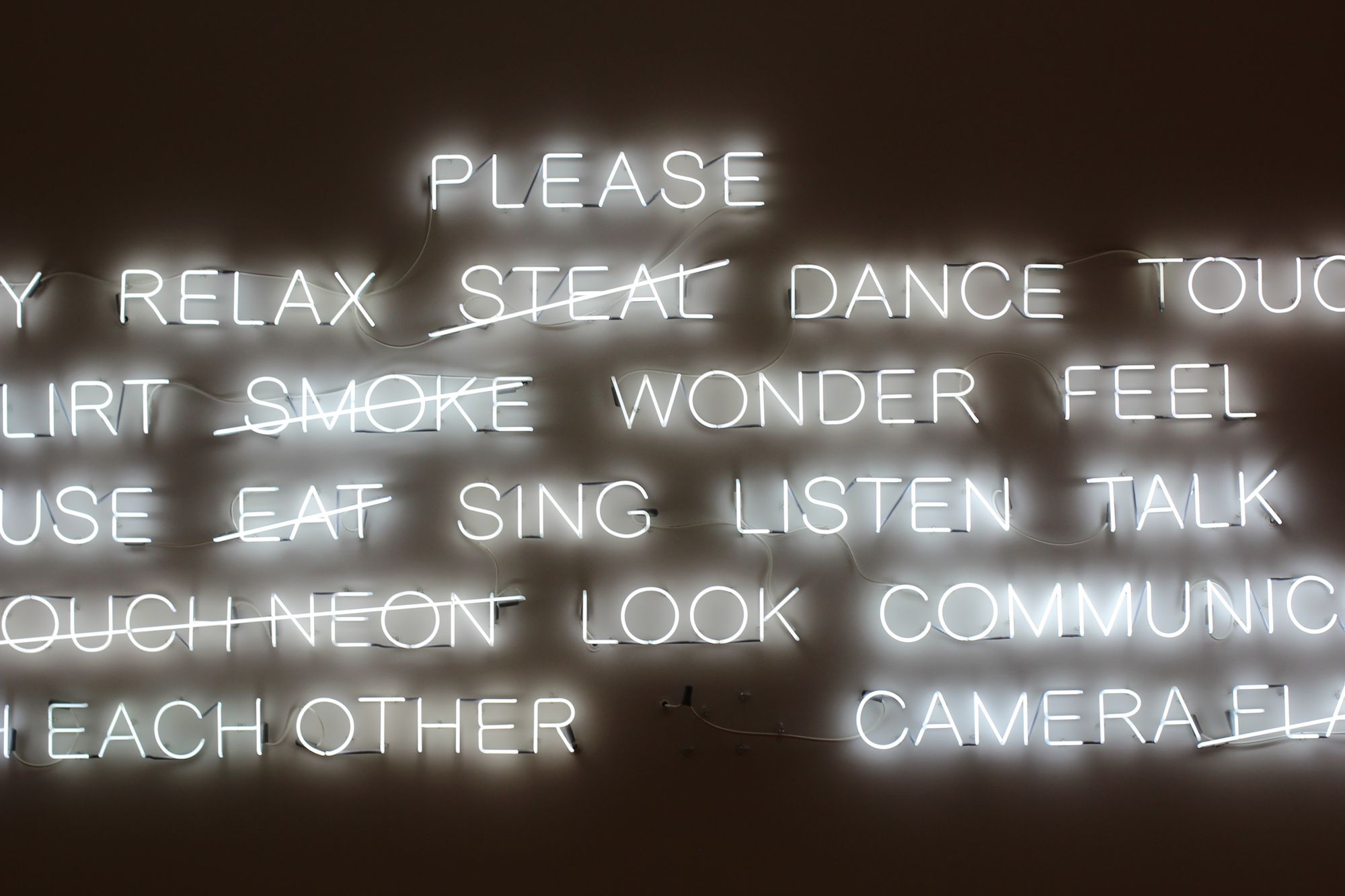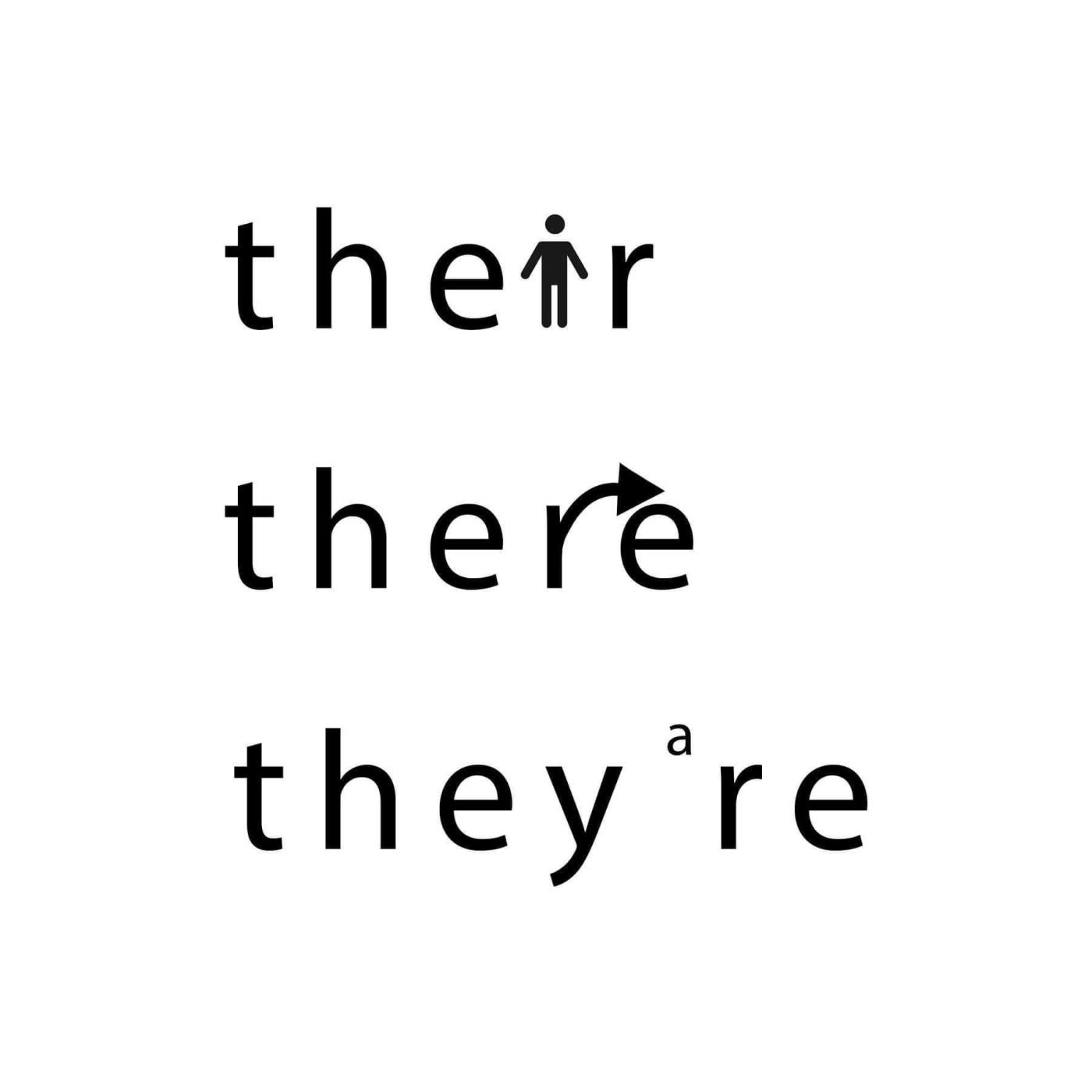Commonly confused words (and how to get them right)
The English language contains hundreds of homophones. Find out which ones Outwrite users get confused the most.

One of Outwrite's most frequently flagged grammar corrections is a category we call Word Confusion. They arise when someone uses the wrong homophones (words that sound the same, but have different meanings) or oronyms (phrases that sound similar) in their writing.
The English language contains hundreds of homophones, so you're bound to get them mixed up now and then. Just remember to proofread before you publish (or tweet) anything important.
Looks like @realDonaldTrump learned grammar at #Trump University…#Fail
— Andrea Leon Grossmann ☀️ she/her/ella (@AndreaLeon) July 24, 2016
("their", not "there", "waste", not "waist"!) pic.twitter.com/pLKt7nig4y
Here's a selection of the most frequently confused homophones, and how to tell them apart.
1. It's and its
Outwrite users misused these homophones more than any other in 2020. "It's" is a contraction of the phrase "it is", while "its" is a determiner used to show that one thing is associated with something else. For example:
It's my birthday today.
The dog chased its tail.
The simplest way to figure out which one to use is by replacing the word with "it is". If your sentence still makes sense, "it's" is probably the correct term.
2. Every day and everyday
They may look similar, but you can't use these terms interchangeably. The singular "everyday" is an adjective used to indicate that something is ordinary or familiar.
Working from home is now a part of everyday life.
In contrast, the phrase "every day" is another way of saying "each day". It indicates something occurs on a daily basis. For example:
Jin goes to the gym every day.
3. To, too, and two
Ironically, these homophones can be spelled three different ways. "Two" is the easiest one to remember, as it refers to the number. If you're writing for work, check your company's style guide to see if you should be using the word or the numeral.
Nick owns two laptops: one for work and one for gaming.
Two days ago, I received a postcard from my parents.
"Too" can mean "additionally" or "more than what is needed or wanted". For example:
Can I come to Disneyland too?
It was too hot to go outside today.
You'll probably use the word "to" the most as it has several everyday applications. As a preposition, it can modify a verb or noun to show direction. It can also be used to indicate an infinitive verb form.
It's a long way to the shops if you want a sausage roll.
Osama likes to play video games after work.
4. They're, their, and there
While they may sound the same, these three words have very different meanings and spellings. "They're" is a contraction of the phrase "they are".
They're moving to London together.
"Their" is a possessive pronoun, and shows that something belongs to someone or a group.
The children haven't finished their homework yet.
"There" is the opposite of the word 'here', and generally means in or at a place.
The condiments are stored over there.

5. Than and then
Rounding up the top five, we have "than" and "then". The first word is a conjunction used to compare things:
Natasha scored more goals than her sister.
The cake was sweeter than I expected.
"Then" is generally used in relation to time:
Back then, we didn't have to wear a mask on the bus.
If I eat my vegetables, then I can have dessert.
How to use the right word, every time
If you have any trouble remembering which word to use, Outwrite's advanced grammar checker can help you out. It'll underline any word confusion errors in green, and suggest the correct alternative.
It's completely free to use—just click the button below to sign up.

